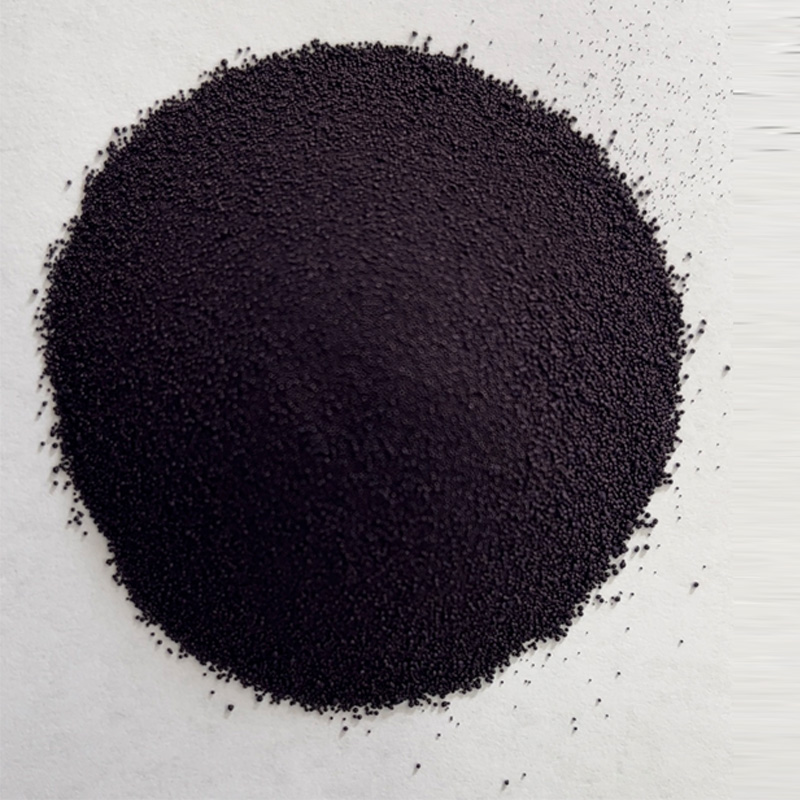Popular Natural Pigment Powders for Vibrant Organic Coloring
Famous Organic Color Dye Powders A Journey Through Nature's Palette
In recent years, the resurgence of interest in sustainable and eco-friendly products has brought organic color dye powders to the forefront of the textile and art industries. These natural dyes, derived from plants, minerals, and insects, offer vibrant colors and a deep connection to nature. This article explores some of the most famous organic color dye powders, their sources, and their applications, shedding light on why they are celebrated globally.
The Rich History of Natural Dyes
The use of natural dyes dates back thousands of years, with evidence suggesting that ancient civilizations utilized plants and minerals to color textiles. The first documented use of indigo, derived from the Indigofera plant, dates back to the Indus Valley civilization around 2500 BC. Similarly, madder root, known for its rich red pigment, has been used since ancient Egyptian times. These natural substances not only provided stunning colors but also played significant roles in cultural identity and trade.
Popular Organic Color Dyes
1. Indigo Perhaps the most famous organic dye, indigo is known for its deep blue hue. It is extracted from the leaves of the Indigofera plant and has been used for centuries in traditional textile production, particularly in denim. Due to its rich history and distinctive color, indigo has become synonymous with artisanal and ethical fashion movements.
2. Madder Red Derived from the roots of the Rubia tinctorum plant, madder produces shades ranging from bright red to deep crimson. Historically significant in Europe and Asia, madder was a staple in dyeing until the advent of synthetic alternatives. Today, it is celebrated for its eco-friendliness and is utilized in various forms of art and textile applications.
3. Turmeric Known more for its culinary uses, turmeric also serves as a vibrant yellow dye. The bright yellow color comes from curcumin, a compound found in the turmeric root. This dye is often used in fabrics, and its antimicrobial properties make it a popular choice for food packaging as well.
famous organic color dye powder

4. Cochineal For those seeking a brilliant red, cochineal is derived from the crushed bodies of cochineal insects. This traditional dye has been valued since the time of the Aztecs and continues to be popular in textiles and cosmetics. It provides a striking crimson color that cannot be replicated by synthetic dyes.
5. Woad Similar to indigo, woad is another plant used to create blue dyes, particularly in Europe before the global trade of indigo. Woad dyeing is a labor-intensive process but results in beautiful shades of blue and is appreciated by artisans seeking traditional methods.
The Benefits of Organic Color Dye Powders
The shift toward using organic color dyes is driven by a growing awareness of environmental issues. Unlike synthetic dyes, which can contain harmful chemicals, organic dyes are biodegradable and less polluting. They offer several advantages
- Sustainability Sourcing natural dyes focuses on renewable resources. Many plants and insects are readily available and can be cultivated without harming the environment. - Health Benefits Natural dyes are often safer for both producers and consumers. The absence of toxic substances makes them ideal for clothing, especially for sensitive skin.
- Unique Aesthetic Each dye yields slightly different colors and textures, lending uniqueness to every fabric or art project. This characteristic is sought after by artists and designers who value individuality in their work.
Conclusion
The world of organic color dye powders is both rich and diverse, drawing from age-old practices to modern applications. As we increasingly prioritize sustainability, these natural dyes not only serve practical purposes but also tell stories of culture, history, and the environment. By embracing organic dyes, creators can produce beautiful, vibrant works while contributing to a healthier planet. Thus, the vibrant shades found in nature's palette continue to inspire artists, designers, and environmentally-conscious consumers alike.
-
The Timeless Art of Denim Indigo Dye
NewsJul.01,2025
-
The Rise of Sulfur Dyed Denim
NewsJul.01,2025
-
The Rich Revival of the Best Indigo Dye
NewsJul.01,2025
-
The Enduring Strength of Sulphur Black
NewsJul.01,2025
-
The Ancient Art of Chinese Indigo Dye
NewsJul.01,2025
-
Industry Power of Indigo
NewsJul.01,2025
-
Black Sulfur is Leading the Next Wave
NewsJul.01,2025

Sulphur Black
1.Name: sulphur black; Sulfur Black; Sulphur Black 1;
2.Structure formula:
3.Molecule formula: C6H4N2O5
4.CAS No.: 1326-82-5
5.HS code: 32041911
6.Product specification:Appearance:black phosphorus flakes; black liquid

Bromo Indigo; Vat Bromo-Indigo; C.I.Vat Blue 5
1.Name: Bromo indigo; Vat bromo-indigo; C.I.Vat blue 5;
2.Structure formula:
3.Molecule formula: C16H6Br4N2O2
4.CAS No.: 2475-31-2
5.HS code: 3204151000 6.Major usage and instruction: Be mainly used to dye cotton fabrics.

Indigo Blue Vat Blue
1.Name: indigo blue,vat blue 1,
2.Structure formula:
3.Molecule formula: C16H10N2O2
4.. CAS No.: 482-89-3
5.Molecule weight: 262.62
6.HS code: 3204151000
7.Major usage and instruction: Be mainly used to dye cotton fabrics.

